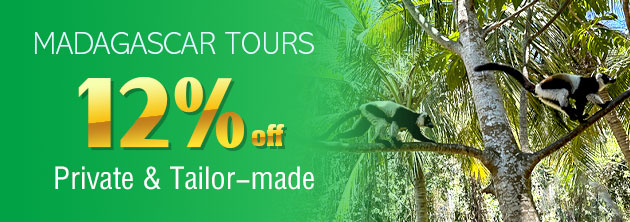Tsingy de Bemaraha National Park
The Tsingy de Bemaraha National Park, located 110 kilometers (40 miles) northwest of Morondava in west Madagascar, is the largest national park and the first UNESCO World Heritage in the country. With its unique karstic stone forests and rich endemic species of animals and plants, the national park has attracted numerous backpackers to explore and feel the natural beauty.How Does the Karstic Landform in the Park Form?
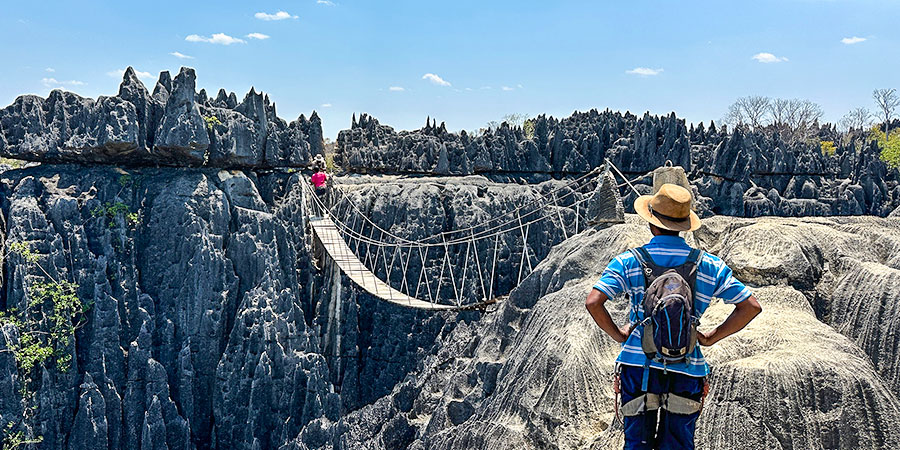
|
What to Do in the Tsingy de Bemaraha National Park
Appreciate Stone Forests - Unique Karstic Landscape
With altitudes ranging from 150 to 170 meters (490 to 560 feet), the steep and gigantic stone forests with deep canyons have earned a reputation as the “world’s largest natural labyrinth” and attracted innumerable tourists to appreciate this natural wonder. Standing on the bottom of a canyon and looking up, what you will see is a narrow slit of sky. Some gaps can only accommodate one person to pass through and you have to climb a narrow ladder to a higher part of the stone forests. The suspension bridge constructed in the stone forests allows tourists to stand on and take fabulous pictures.View Lemurs and Mangroves in a Flora and Fauna Kingdom
|
|
|
Among the rare animals living here, you can view endemic lemurs, Malagasy ring-tailed mongooses, and Malagasy giant rats. A total of 10 nocturnal lemurs can be met during your night safari in the national park. More than 100 species of land birds and water birds fly around, twitter, and seek their food.
In the dark gray limestone forests, the most brilliant and colorful part is the delicate plants including 817 species of angiosperms and 16 species of ferns. Ebony trees with black trunks, green and yellow wild bananas, baobabs, aloes, and mangroves in different greens, and many more plants with vivid colors await you to find.
Choose One of the Nine Ecotourism Circuits to Enjoy Tsingy’s Beauty

|
1. The Andadoany-Ankeligoa circuit provides you with a panoramic view of the stone forests and you can visit ancient caves in the national parks. The Andadoany circuit is 2 kilometers (1 mile) long and needs 4 hours to finish. The Ankeligoa circuit is 6 kilometers (4 miles) long and it takes about 5 hours for a whole trek.
2. To admire the glorious sunset and beautiful scenery on both sides of the suspension bridge, you can choose the second circuit which contains trekking for 4 hours.
3. Camping is the highlight of the third circuit in which you can climb stone forests, view various plants, lemurs, and other animals in the daytime, and camp out in the evening. This circuit is the most difficult one. The simple route of the circuit needs 1 day and the sport route needs 2 days with a circuit length of 9 kilometers (6 miles).
4. The fourth circuit features exploration by canoe for 3 hours and 6 kilometers. In the process, you will see steep canyons, dense tropical forests, and ancient limestone caves.
5. Rappel down into a limestone and you will be guided to walk through underground caves. You can also view lemurs during this adventure tour. The circuit is 9 kilometers long for 2 days and 5 kilometers (3 miles) long for 1 day.
6. This canoe circuit contains a natural pool viewing and you can learn about local tomb culture. Additional camping can be chosen. A round trip lasts 8 hours.
7. Starting from the north entrance of the national park, the seventh circuit is a karst cave adventure tour with 3-hour-long walking for 3 kilometers (2 miles).
8. To enjoy the grand and serene scenery of the stone forests, you can choose the eighth circuit which contains a panoramic view of the national park, viewing on the suspension bridge, and the sunset watching. You will walk for 3 kilometers within 4 to 6 hours. This is a difficult circuit.
9. An easy circuit with a 2-kilometer-long trek for 1 hour in the stone forests and animal and plant viewing.
Open in Dry Season Only
The Tsingy de Bemaraha National Park only opens in the dry season from May to November. In the rainy season, the air becomes moist and the roads become muddy and slippery, and this may cause accidents in the park.How to Get to the Tsingy de Bemaraha National Park
Getting on the Ferry to Cross Tsiribihina River
2. It takes you 4 hours from Antsalova to Bekopaka by local taxi, and this route is accessible from May to October. If you take a taxi from Morondava, it takes you 8 hours to get to Bekopaka.
3. It takes you 3 to 4 days by canoe from Ankavandra to Bekopaka.
![]() See also: How to Get Around Madagascar
See also: How to Get Around Madagascar
![]() Other Notes: Remember to wear comfortable long-sleeve clothes, long pants, gloves, and climbing shoes, and take plenty of drinking water.
Other Notes: Remember to wear comfortable long-sleeve clothes, long pants, gloves, and climbing shoes, and take plenty of drinking water.
Tsingy de Bemaraha National Park Photos & Tsingy de Bemaraha National Park Videos
You May Like
-
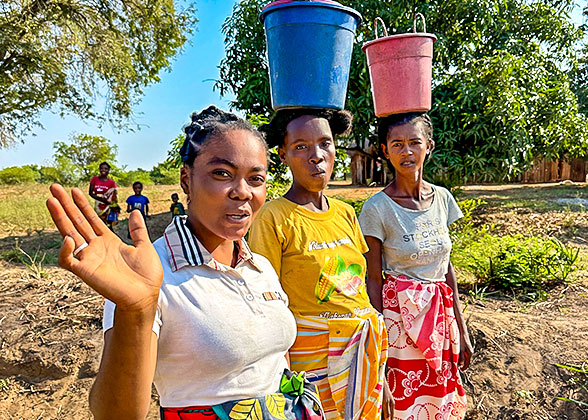 14 Days Antananarivo - Ifaty - Ranohira - Ranomafana - Antsirabe - Andasibe - Antananarivo from USD2471
14 Days Antananarivo - Ifaty - Ranohira - Ranomafana - Antsirabe - Andasibe - Antananarivo from USD2471 -
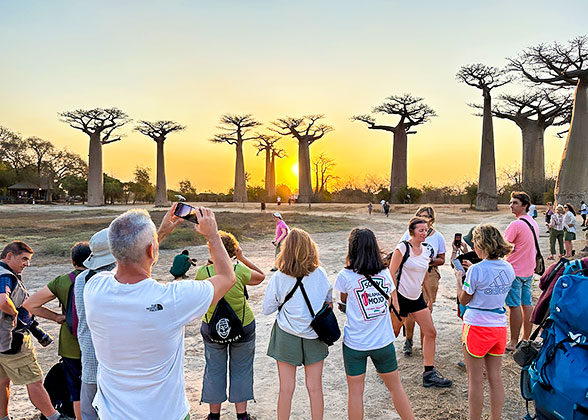 15 Days Baobabs & Lemurs Safari with Antananarivo, Morondava, Kirindy, Bekopaka, Antsirabe... from USD3527
15 Days Baobabs & Lemurs Safari with Antananarivo, Morondava, Kirindy, Bekopaka, Antsirabe... from USD3527 -
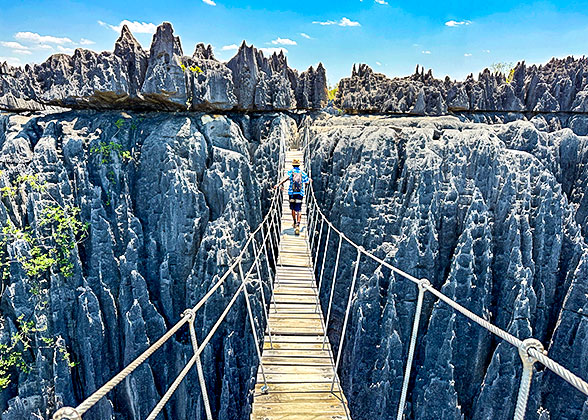 22 Days In-depth Madagascar Wildlife Adventure with Antananarivo, Morondava, Ifaty... from USD5525
22 Days In-depth Madagascar Wildlife Adventure with Antananarivo, Morondava, Ifaty... from USD5525

